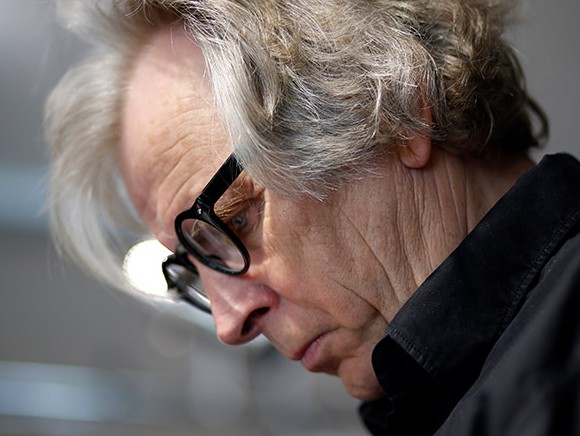
Robots and computers can do almost anything, as long as it is standardised and brainless. They are the best employees you can wish for: 24/7, never ill and they do exactly what you tell them – nothing less, but nothing more either.
Vision technology, artificial intelligence, robotisation, etc. – there’s so much going on. The opportunities are enormous. Just look at Ameco’s new-build facility in Apeldoorn: 12,000m2 including a complex production system. It is a prestigious project which, aided by things like state-of-the-art computer technology and building information modelling (BIM), was operational just 12.5 months after the very first meeting with the architect. But things only really come to life when people get involved. That’s why, once the construction work was finished in Apeldoorn, we used some ‘good old-fashioned’ brainpower and manual work to give Ameco’s offices a sense of identity.
In highly automated production processes, it is essential to safeguard quality in order to ensure an efficient process, faster production throughput and a perfect end product. Sensors can identify minuscule quality issues, and vision technology makes it possible to achieve speeds that far exceed the capability of the human eye. Connect this technology to a drone and you have an ideal scanner for use in logistics and horticulture. Then connect that to vertical farming, and the result is an ultra-compact production facility. That sounds good, but a robot lacks emotion – and, if you don’t watch out, your product will too.
Experience is the sum of what has worked well in the past and what hasn’t. A computer doesn’t have a brain that makes mistakes occasionally. A person who doesn’t have the chance to make their own mistakes will become a brainless robot. The very fact that things don’t go as planned is what makes us realise that things can be done differently or more smartly, and how to do so. Computers haven’t yet mastered that ability. It’s called human ingenuity, and we should cherish it.
Herman Bessels is a BNA-affiliated architect at Bessels Architekten & Ingenieurs B.V.
Source: © Vakblad Voedingsindustrie 2017